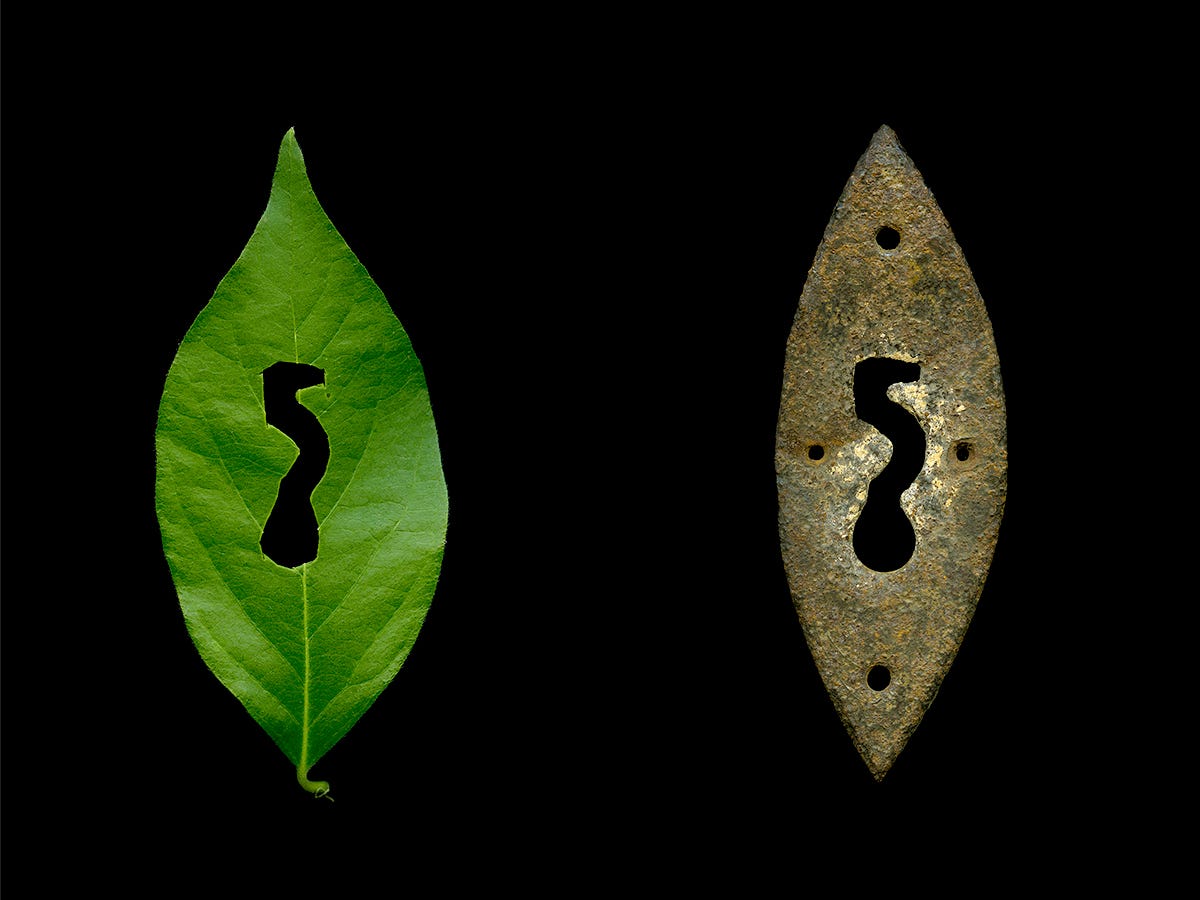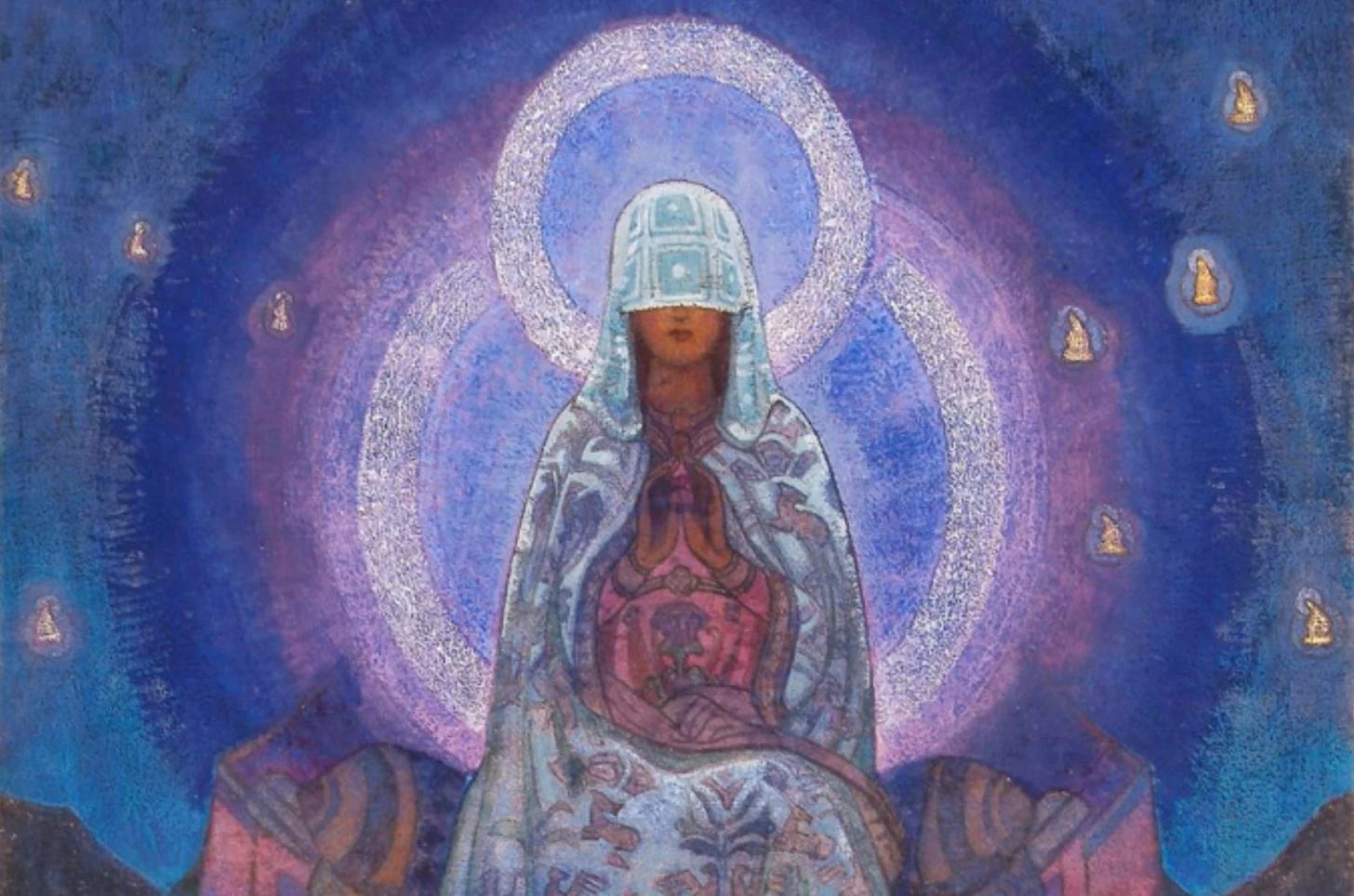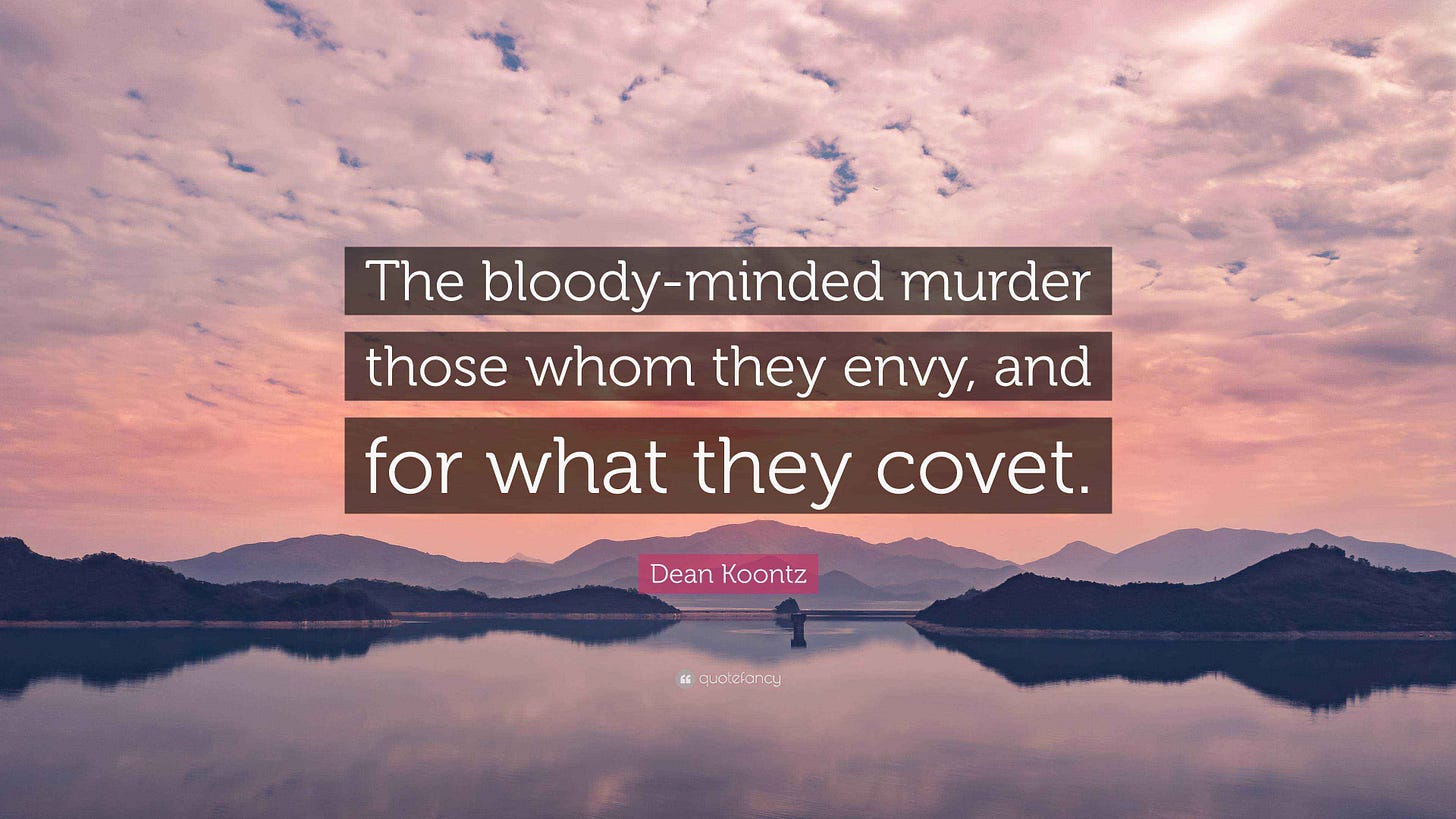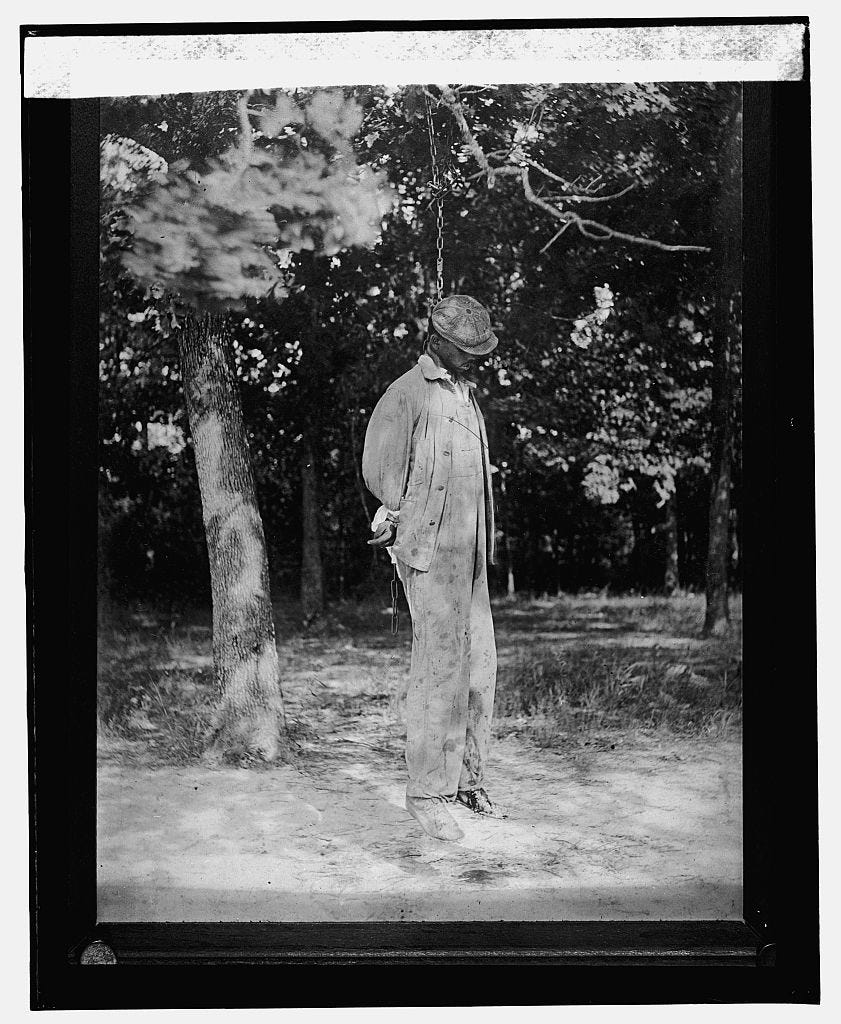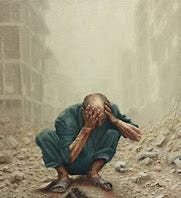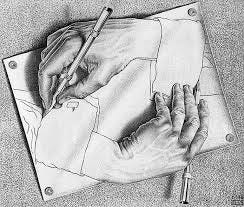Mimesis
MIMESIS
(Cambridge Dictionary) The act of representing or imitating reality in art, especially in literature.
The American Psychological Association Dictionary does NOT define Mimesis.
It DOES describe the word “mimetic” (an adjective) as in “mimetic desire:”
…relating to imitation, as in a young chimpanzee’s imitation of its parent’s actions or a parrot imitating the words of its owner.
A mimetic response is a “copying or imitative” response…
Why study MIMESIS?
Mimesis is a characteristic of every organism on Earth.
This includes HUMANITY (maternal twins)
God created Man in His own image.
If “God” is the Creator,
Was God looking in a mirror when He created Man?
(Man is the “Creature” [or the “Imitated”])
Did God create humans, or did humans create God?
As “human origin” stories go, “God” created “Man” then “Woman.”
Shouldn’t it be the other way around?
Not if God is male.
Some say “it is scripture” that God created males first, then females.
If God created humans (males, then females), did he use Himself as the model?
Or is all this just a figment of our “male” imaginative (mimetic) mind?
How did God develop a model for “Woman?”
Some say God has a female partner, although the Bible does not state this. NOTE: Hebrew translations refer to the word “Asherah(s)” at least five times in the Old Testament (see Exodus 34:13, Hebrew translation). This reference may be a residual term for a female God, a possible partner/wife of Yaweh (see https://www.ancient-origins.net/human-origins-religions/asherah-0010611).
At the time of Moses, the Israelites were polytheists, Yaweh being only one of several primary deities.
Some say women were created as a “helpmeet” for man (from man, using Adam’s rib, to serve him).
Are women a mimetic extension of men, and that’s why women were second?
Many scholars say that God is both male and female; therefore, Yaweh decided to create males first. This would fit most Hindu traditions.
And the Lord God said, It is not good that the man should be alone; I will make him an help meet for him. KJV: Genesis 2:18.
Throughout human history, as with the “Gods” (Titus, Apollo, Dionysus), Mimesis is what the Gods do; for example, our Judeo-Christian God creates worlds.
If so, are other worlds different, or are they all the same?
Are they all “copies or imitations” of our world? Or are we a “copy world”?
If so, this would be a form of mimesis.
What is the root of Mimesis?
Mimesis is a fundamental psychological trait shared by all animals and humans.
Humanity’s brand of mimesis is potent.
Mimesis has been a source of society’s progress (and may be a reason for its downfall).
Information for this Blog Entry comes from several sources:
Girard, Rene 1978, Things hidden since the foundation of the world. ISBN: 9780804722155.
Girard, Rene, (1972). Violence and the sacred.
Maurizio Meloni, A triangle of thoughts: Girard, Freud, Lacan, European Journal of Psychoanalysis, 14, 2002.
Freud (1914) On Narcissism: An Introduction, SE 14.
Bible
Jung, C. (1952). Answer to Job, Routledge.
Auerbach, Erich. Mimesis: The Representation of Reality in Western Literature. Fiftieth Anniversary Edition. Trans. Willard Trask. Princeton: Princeton University Press, 2003.
Envy, jealousy, competition, spite, resentment, revenge, wrath, and animosity: All similar.
“Object Rivalry” is cued and/or fueled by these, as a by-product of mimetic desire.
Rivalry and Envy come in many forms. I refer to envy as one of the Seven Deadly Sins.
Jealousy (envy, or rivalry) motivates us to excel, triumph, and overcome obstacles, but it also compels us to harbor hatred, wrath, revenge, and sometimes murder.
Murder is embedded in violence, and human beings, foremost, are violent. Violence and mimetic desire are related; that is:
The capacity to murder is embedded in violence, and violence is in every human being.
Throughout history, people have formed various groups, including gangs, mobs, militias, and armies.
These are prone to violence and murder, especially the “murder of innocent victims” and lynching exemplifies this dark feature of mob humanity.
The image below is tough to view.
Why?
Because it telegraphs to all that within every human being is the capacity to murder an innocent (think Cain and Abel). This capacity is a by-product of mimetic desire (jealousy & wrath).
Murderous human nature is prevalent today.
Animals do not murder; people murder.
The first murder on written record - at least by most Western Judeo-Christian accounts - is the biblical story of Cain’s murder of Abel.
The motivation for this murder was ostensibly in Cain, fueled by Cain’s jealousy, as well as envy, rivalry, anger, and other mimetic-driven residuals.
The story of Cain’s murder of Abel is described in detail below.
Following Abel’s murder, a distinct culture emerged from Cain.
The progeny of Cain were the Canaanites.
“The Canaanites” are an early, unfortunate consequence of mimetic desire.
A whole human culture with a biological patriarch who was a murderer and a liar.
I quote the text below from Genesis: (FULL TEXT BELOW)
Genesis, Chapter 4
Now Adam knew Eve his wife, and she conceived and bore Cain, and said, “I have acquired a man from the Lord.” Then she bore again, this time his brother Abel. Now Abel was a keeper of sheep, but Cain was a tiller of the ground. And in the process of time, it came to pass that Cain brought an offering of the fruit of the ground to the Lord. Abel also brought of the firstborn of his flock and of their fat. And the Lord respected Abel and his offering, but He did not respect Cain and his offering. And Cain was very angry, and his countenance fell.
So the Lord said to Cain, “Why are you angry? And why has your countenance fallen? If you do well, will you not be accepted? And if you do not do well, sin lies at the door. And its desire is for you, but you should rule over it.”
Now Cain talked with Abel his brother; and it came to pass, when they were in the field, that Cain rose up against Abel his brother and killed him.
Then the Lord said to Cain, “Where is Abel your brother?”
He said, “I do not know. Am I my brother’s keeper?”
NOTE: By his actions, Cain is a murderer and a liar…
The Story continues:
And He [the Lord] said, “What have you done? The voice of your brother’s blood cries out to Me from the ground. So now you are cursed from the earth, which has opened its mouth to receive your brother’s blood from your hand. When you till the ground, it shall no longer yield its strength to you. A fugitive and a vagabond you shall be on the earth.”
And Cain said to the Lord, “My punishment is greater than I can bear! Surely You have driven me out this day from the face of the ground; I shall be hidden from Your face; I shall be a fugitive and a vagabond on the earth, and it will happen that anyone who finds me will kill me.”
And the Lord said to him, “Therefore, whoever kills Cain, vengeance shall be taken on him sevenfold.” And the Lord set a mark on Cain, lest anyone finding him should kill him.
…
*NOTE: The impetus for the biblical Flood was to rid the earth of impure or problematic beings, foremost the Canaanites (see Genesis 6:1-7).
And it came to pass, when men began to multiply on the face of the earth, and daughters were born unto them,
2 That the sons of God saw the daughters of men that they were fair; and they took them wives of all which they chose.
4 There were giants in the earth in those days; and also after that, when the sons of God came in unto the daughters of men, and they bare children to them, the same became mighty men which were of old, men of renown.
5 And God saw that the wickedness of man was great in the earth…
6 And it repented the Lord that he had made man on the earth…
7 And the Lord said, I will destroy man whom I have created…
Carl Jung reasoned (or it was his POV) that because Cain murdered the pure God-to-Man prototype, or Abel, God was left to populate the world with two inferior groups:
Children of a murderer (Cain) who had God’s pedigree through Adam/Eve (or the descendants of Cain - the Canaanites), sons and daughters of God. - Murderers and Liars
Other quasi-humans (the sons and daughters of men) on the earth for reasons not explained in the Bible. These [large in stature] beings are described as independent of God’s plan. Where did they come from? They were indigenous, non-divine beings who probably predated Adam and Eve.
Although I have studied the Bible, I am not a biblical scholar. I am describing it only as I read it.
My biblical review points out that jealousy is a product of mimetic desire, which appears to have motivated Cain to murder his brother Abel, and which was the reason for God’s ridding the earth of Cain’s descendants (along with these “other” indigenous human beings) through a catastrophically divine act.
The Flood suggests that God started over with Noah. In this regard, God might be construed as a “mass murderer” in that God murdered through a divine catastrophic act nearly an entire civilization of human beings (minus Noah and a female spouse) because God was angry with these human beings and God decided that they should no longer live. God, in this case, was the judge, jury, and executioner, although back then, we did not have social laws that defined all forms of killing as murder per se. This was before God gave humans the laws of humanity as contained in the 10 Commandments. However, it is noteworthy that God did not follow these 10 Commandment laws anyway. The 10 Commandments were for men, not for God. God was above the law (and has always been so). Some might say that “God was the law,” so in this case, for God alone, “murder is acceptable” as I will describe later, frequently at the hand of “man” as in the form of “sacred human sacrifice to God.”
As I will describe, as a manifestation of mimetic desire, God-allowed murder appears to be implicated in the crucifixion of Jesus by the State.
In this case, the Jesus crucifixion was compelled by [some say, Satan], but it was realistically accomplished via the Roman State’s capitulation to an angry human mob.
Features of the Cain and Abel murder story underscore that human beings are mimetic and have (within them) the capacity for “murder.”
Mimesis and Murder
Most animals, including humans, will kill other animals for obvious reasons, but non-human animals don’t murder their own kind for no apparent reason.
Chimpanzees will closely approximate murder if they form a “mob” out of frustration, and then the mob (especially if it is in a confined setting) will collectively kill another unsuspecting Chimpanzee in a mob-murder-like form.
Still, it would be unheard of for a single Chimpanzee to methodically kill another Chimpanzee without first being provoked. Even then, if the threatening (or threatened) animal is killed, the killing was not the goal; rather, it was an inadvertent consequence of an act of Chimpanzee hostility. There is some debate on this issue. This link attempts to frame that debate (https://www.bbc.com/news/science-environment-29237276).
HUMANS MURDER.
According to the Biblical story, Cain was the first murderer.
After the Flood, murders continued, as noted in the Bible, up to the time of Jesus.
NOTE: I think most people would agree that Jesus Christ’s death, as described in the Bible, was a murder. Why?
Because Jesus, at that time, was an “innocent victim.”
Matthew 27:24: “When Pilate saw that he could not prevail, but rather that a tumult was beginning, [the tumult was an angry and growing human mob] he took water and washed his hands before the multitude, saying, ‘I am innocent of the blood of this “just” person. See ye to it.” KJV
NOTE: Murder probably re-emerged from Noah and his progeny, as Noah must have been a biological descendant of Cain.
(I conjecture this point, although the Bible is silent on the topic).
What is it within us that generates this fundamental capacity to self-destruct through murder?
(Think of the Jewish and Palestinian conflict as an example.)
The answer: The consequent emotions stemming from mimetic desire, which engenders “mimetic rivalry.” Look at the picture above and think, “Cain and Able.”
Mimetic desire is a variant of many social constructions, including camouflage, caricature, parody, and posture.
The opposite of mimesis is diegesis, which refers to narrating or telling a story (versus acting out a story). This doesn’t sound like the opposite, and it isn’t.
The point is that there is no opposite word (or antonym) for mimesis, at least in English. This may be because mimesis does not have an exact opposite meaning. It is unthinkable for a human being not to imitate. It’s our nature. The best our language can do is restate the same behavior in a different modality (actual imitation versus fantasy re-creation or narration).
The social power of mimesis is in the repeated enactment of a particular action or behavior.
In this case, think of violence, wrath, and murder.
Everything we do, whether we want to acknowledge it or not, is based on mimesis.
Some might say, "Dr. Hill, I’m an artist, a creative person. I create unique things that have never been done before."
This POV is problematic because even the act of “painting” whatever it is—a house, a piece of abstract art—is based on imitating someone else who has painted before. Otherwise, you would not know what to do with the brush. There wouldn’t even be a brush without mimesis.
Nature imitates; recall the example of identical twins, particularly those born to the same mother.
Our human system of values and truth is based on mimetic desire and has emerged from mimesis. I won’t elaborate with examples because there are too many to mention.
It’s hard to find an exception to the idea that something emerged without some aspect of mimesis or mimetic desire.
My thesis is: Mimesis appears to be core to our violent human nature and our propensity to self-destruct through killing each other.
A mob wanted Jesus killed.
Matthew 27:25: “When Pilate saw that he could not prevail, but rather that a tumult was beginning, “…Pilate therefore, willing to release Jesus, spake again to them [the angry mob]. But they [the angry mob - as a coalesced unit] cried, saying, Crucify him, crucify him.
And he said unto them the third time, Why, what evil hath he done? I have found no cause of death in him: I will therefore chastise him, and let him go.” KJV
Chastisement would not appease the “mob.” Only MURDER would appease the Mob. Jesus’ killing was a Mob murder under the direction of the State due to pressure from an “angry mob.”
If the State, or the Roman Empire, had not executed Jesus, the leaders (Pilate) assumed that the mob would have gone wild and might have become unstoppable. Likely, Pilate conjectured that if the mob got more agitated, Pilate would be killed as well.
Jesus died, in part, to prevent the explosive, violent (and generalized) consequences of an angry mob. Jesus was “the sacrifice of an innocent victim” to appease a murderous human mob. (As the Biblical story goes…).
Luke 23-33-34: "And when they were come to the place which is called Calvary, there they crucified him [Jesus: The mob acting as a proxy for the State murdered Jesus], and the malefactors, one on the right hand, and the other on the left." KJV
What appeases an angry human mob that is growing out of control? Religion
Leviticus:7;11-8
And the flesh of the sacrifice [this is human or animal flesh] of his [man’s] peace offerings for thanksgiving shall be eaten the same day that it is [the sacrifice] offered; he [man] shall not leave any of it until the morning. But if the sacrifice of his offering be a vow, or a voluntary offering, [the volunteer is usually innocent when being sacrificed. This is deemed for the greater good - to appease God.]… it shall be eaten the same day that he offereth his sacrifice: and on the morrow also the remainder of it shall be eaten: But the remainder of the flesh of the sacrifice on the third day shall be burnt with fire.
This passage highlights the significance of religiously motivated individual sacrifice (or the sacrifice of an animal or person) in fulfilling God’s demands and appeasing the group’s emotions (or mob).
How does religion appease an angry mob? Sacred Prohibitions. The specific reference to “murder” is noteworthy.
(Exodus 20:13, “You shall not murder”). KJV
How does religion stop a murderous human culture? Through a religiously directed “sacrificial act.”
Preferably of an “innocent” victim (think 1. Jesus, 2. Son of Abraham, 3. Lot’s daughters, whom he offered as human sacrifices to appease an angry Mob and to appease God. (These are just a few of many biblical examples.).
Hebrews 9:13-14…or if the blood of bulls and of goats, and the ashes of a heifer sprinkling the unclean, sanctifieth to the purifying of the flesh… How much more shall the blood of Christ, who through the eternal Spirit offered himself without spot to God [Jesus was sacrificed through a Mob to appease God for the sins of men]…, purge your conscience from dead works to serve the living God?…
Genesis 22:1-19: "[God talking to Abraham]…Take your son, your only son Isaac, whom you love, and go to the land of Mori'ah, and offer him there as a burnt offering upon one of the mountains of which I shall tell you."
Samuel 21:1, 8-14 “God sent a famine on David's kingdom for three years. When David asked God: Why? God answered: …"It is for Saul, and his bloody house, because he slew the Gibeonites."
[To appease God and end the famine that was caused by his predecessor (Saul), David agreed to have two of Saul's sons and five of his grandsons killed and hung up "unto the Lord."] [After the sacrifice of these persons] …God stopped the famine after they [David’s two sons] were killed and hung up for Him [God].
The Earthly Act of Sacred Sacrifice
The idea of [sacred sacrifice] as an earthly act appeasing tumult or dissatisfaction for: 1. God, and 2. An angry mob is a holy act, according to Old Testament scripture.
Religion uses human sacrifice to appease the murderous (mimetic) rage of an angry human mob.
The idea of mimetic desire and its violent residual does suggest a possible reason for the existence of all religions, first as myths, then as an organized set of social constructions. Religion’s purpose, generically, is to prohibit or stop humans, once a collective violent rage has begun. Stopping mimetic rage prevents self-destruction (a blood feud). Otherwise, humans would have self-destructed a long time ago.
Why is human/animal sacrifice a primary strategy for appeasing an angry mob?
Why does the Bible describe “premeditated killing (or murder)” via human or animal sacrifice as appeasing to God?
THESE QUESTIONS I WILL SAVE WHEN I WRITE PART II: “HUMAN SACRIFICE.”
Religion, however, does have some issues (many issues). Foremost is that its potency rests on sacred sacrifice, or a type of “scapegoat” mechanism.
Jesus was a scapegoat in the grandest sense of the term. The social goal of the crucifixion was to appease an angry mob. As the Jesus story unfolds, the act of crucifying Jesus appeased the mob. Still, Jesus (according to scripture) was the Son of God, and this is where the power of religion lies, in the sacredness of the sacrifice, not the killing per se, but the sacrifice - in this case, of God [Jesus], as an innocent victim.
I realize this blog entry is getting complicated. However, describing this POV is not easy.
As a psychologist, some years back, I saw two clients who subsequently “murdered” someone. In each case, I saw the client before the “murder.” In these clients, I saw deeply troubling features of ourselves (myself) as a human being that I didn’t fully understand. These were features that I could not tease out with my rudimentary psychological skill set, but they were present nonetheless. I felt them as I interacted with these clients.
To this day, I’ve tried to make sense of these cases, but I suspect I never will. So, I’ve been searching for understanding. It is my emerging POV that we are fundamentally violent creatures. This violent nature may have a primal origin—perhaps, as Carl Jung suggests, stemming from the collective unconscious, or some other source.
I can't say why this human propensity to murder exists. But the older I get and the more people I encounter, the more impressed I am that emotions such as anger, rage, wrath, and rivalry are powerful motivators of our actions and require an external (social/religious) force to mediate it once engaged, particularly within a group (or mob).



